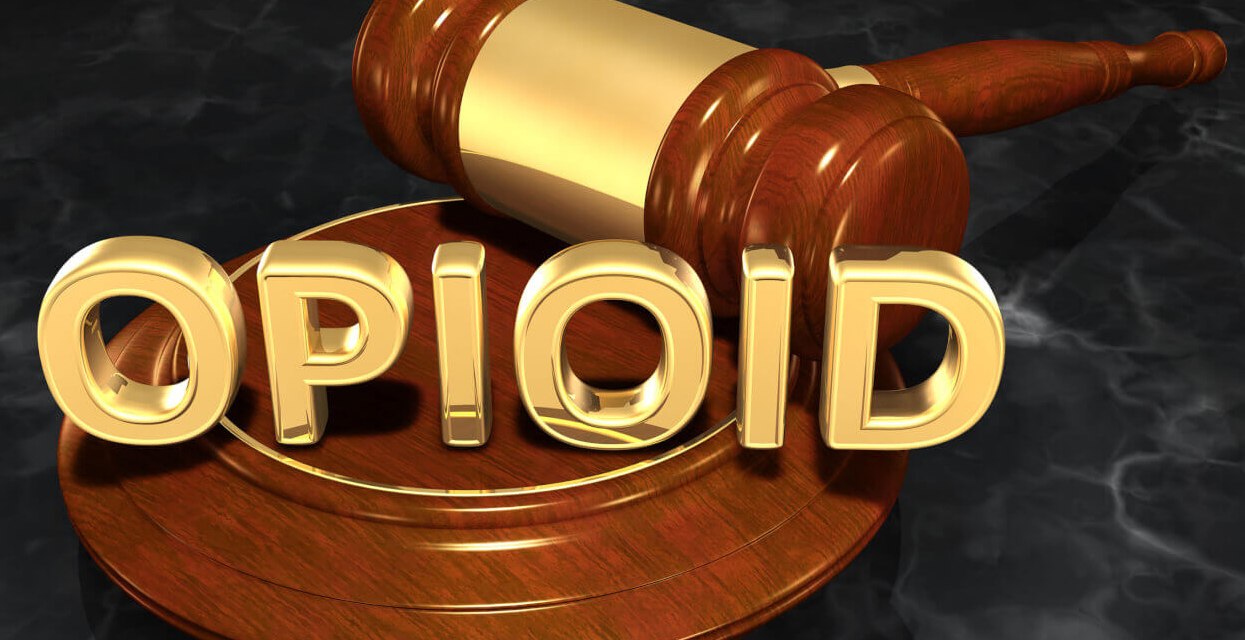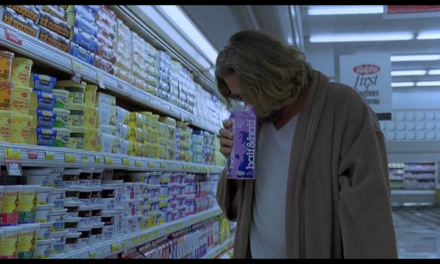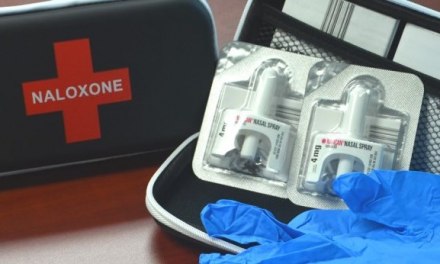I was not at all happy to read the following headline:
Opioid Settlement Is on the Cusp of Collapse Before Victims Get a Penny
Mostly because I was afraid something like this would happen. That one of those highly publicized settlement agreements made between Big Pharma and the victims – State governments, hospitals, patients and their families – in the wake of the prescription opioid epidemic might never yield anything like the amounts described in media reports.
In this case, one of the defendants, Mallinckrodt Plc, was unable to make the most recent $200 million payment against its total obligation of $1.7 billion. Worse yet, the article goes on to say that the majority of victims still haven’t received anything from last year’s payment of $450 million.
Trouble is, Mallinckrodt is seriously considering filing a second bankruptcy to relieve itself of the burden imposed by the first. Apparently, the company, its creditors, and the judge agreed to a figure that it’s now obvious the defendant cannot actually meet.
And with judgments of this scale, there’s a definite hierarchy in terms of who gets paid first. Probably won’t surprise you to hear that it’s the lenders, the loan companies and the hedge firms. Everyone else, get in line.
It’s clear now that the corporation grossly overestimated its ability to make good on its debt. Surprisingly, creditors apparently advised the judge that the defendant’s financial prospects were strong enough to satisfy the verdict, massive as it was.
Looks like they all earned a share of the blame.
Apparently, the problem lies with poorer than expected sales of the company’s principal pharmaceutical product — a self-described ‘blockbuster’ medication for patients who suffer from a rare illness characterized by muscle weakness and skin rash. The medicine, brand name Acthar Gel, is very expensive. It seems that physicians prescribed far less of it than anticipated in the past few years.
Like some other Big Pharma firms, including Purdue Pharma, Mallinckrodt appears to be largely dependent on revenue from one product. It’s a drug that’s been the subject of controversy before. Example: this CNN piece from 2016:
Medicare spent $2 billion for one drug as the manufacturer paid doctors millions
It’s a mess, all right. And a reason why lawsuits on this scale should probably never be handled in bankruptcy court in the first place.













